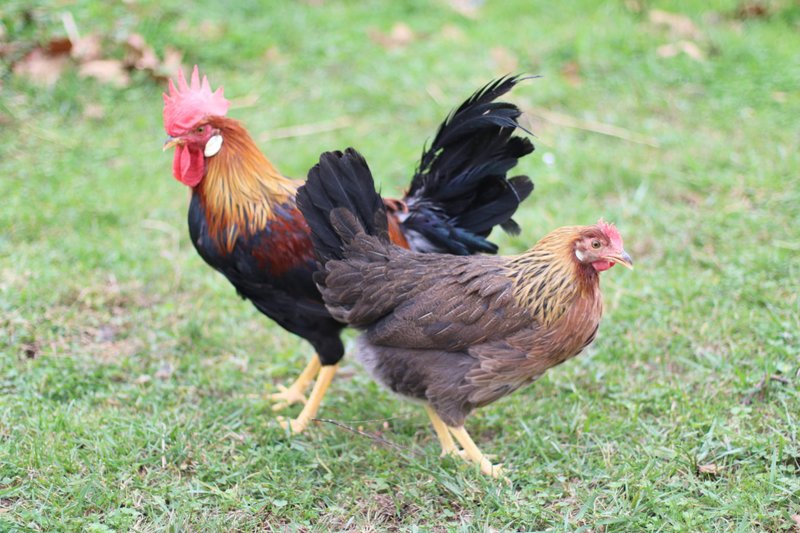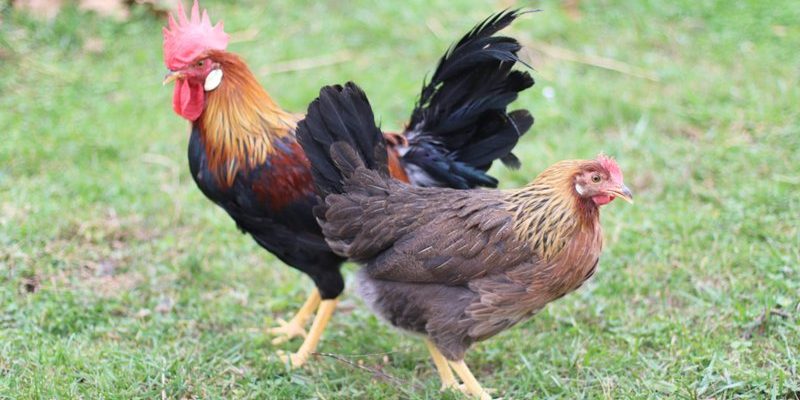
Leghorns, particularly the White Leghorn, are often celebrated for their exceptional egg-laying prowess and active demeanor. But their adaptability is what makes them truly stand out. Imagine a person who can easily adjust to any new situation—whether it’s moving to a different city or changing jobs. Leghorns do something similar in the animal world. They learn to navigate their environment, find food efficiently, and even manage their social interactions with other chickens. Here’s a closer look at how these remarkable birds adapt to their surroundings.
Understanding Leghorns and Their Origins
Leghorns originate from Italy and are known for their strong, robust nature. These chickens were bred primarily for egg production, which means they have a natural inclination to adapt quickly to their surroundings. They tend to be less susceptible to diseases and can handle fluctuations in weather, making them a favorite among farmers.
Their history plays a big role in their adaptability. When they were brought to the United States in the 19th century, they quickly became popular for their ability to lay a high volume of eggs, even in varying environmental conditions. This adaptability is like having a Swiss Army knife in a toolbox—versatile and effective in many situations.
Understanding their historical context helps explain why they thrive in different environments. Whether it’s a small backyard coop or a larger commercial farm, Leghorns have a knack for making the best of what they have.
Physical Adaptations to Climate
Leghorns are particularly good at handling different climates, from hot and humid to cold and dry. Their lightweight bodies and short feathers help them stay cool in warmer temperatures. You might have seen chickens panting in the heat, and Leghorns are no different. But because of their unique physiology, they can cope better than many other breeds.
When the weather turns colder, they can fluff their feathers to trap warm air close to their bodies. Think of it like putting on a cozy sweater. This ability to regulate their body temperature means they can still roam around and forage for food even on chilly days, making them far more resilient.
Moreover, their adaptability extends to their feeding habits. Leghorns are known for being foragers, which means they are quite good at finding food in a variety of settings. They can easily adjust their diet, eating grains, insects, and even kitchen scraps, depending on what’s available in their environment.
Behavioral Adaptations
Leghorns are quite social birds, and their behavior plays a big part in how they adapt. In a flock, they establish a pecking order, which helps them navigate social dynamics. This natural hierarchy allows them to find food and mates more efficiently, which is essential for survival.
You might be wondering how this works in practice. Essentially, the dominant birds get first access to resources, while those lower in the hierarchy learn to adapt by finding alternative food sources or waiting their turn. This ability to interact and cooperate with other birds helps Leghorns thrive even in mixed flocks.
Additionally, they are known for their curious nature. Leghorns often explore their surroundings, which allows them to discover new food sources and potential threats. This curiosity is crucial in an ever-changing environment, as it equips them with the knowledge needed to stay safe and well-fed.
Adaptation to Farming Practices
Leghorns are often raised in commercial farming environments, where their adaptability truly shines. Many farmers appreciate that these birds can thrive in various systems—free-range, cage-free, or conventional farming.
For instance, in free-range environments, Leghorns can forage for food and seek shelter, making them a great fit for organic farms. Their ability to adapt to different feeding methods—grains in a coop or insects in a pasture—makes them versatile. In contrast, in cage systems, they efficiently adapt to a controlled feeding schedule and can still produce a high number of eggs.
Farmers also benefit from the Leghorns’ minimal maintenance needs. Their hardiness means they require less attention in terms of health care and feeding. This adaptability allows farmers to focus on production without worrying too much about the well-being of their flock.
Navigating Threats and Challenges
Like any animal, Leghorns face various threats in their environment, from predators to disease. Their ability to adapt includes developing survival strategies. For example, their rapid movement and alertness allow them to escape from potential dangers more effectively than slower breeds.
Moreover, Leghorns have strong immunity, which enables them to handle common poultry diseases better. This resilience is crucial for farmers, as it means fewer health issues and less need for antibiotics or treatments.
You may also notice that Leghorns can change their behavior based on their surroundings. When a loud noise or unfamiliar object appears, they might freeze in place until they assess the situation. This instinctual behavior helps them quickly adapt to whatever challenges they face.
How They Respond to Changes in Diet
Diet plays a vital role in a chicken’s overall health, and Leghorns are no exception. Their adaptability shines through in how they respond to changes in their diet. Whether it’s commercial feed or scraps from the kitchen, they adjust their eating habits with ease.
For example, if a farmer switches from a high-protein commercial feed to a more natural, grain-based diet, Leghorns can quickly adapt. They’re intelligent birds, and they’ll often seek out alternative food sources to meet their nutritional needs. This ability to adjust ensures they maintain their energy levels for egg production and overall health.
Interestingly, their diverse diet also affects their egg quality. Leghorns that have a varied and balanced diet tend to produce healthier eggs with stronger shells. So, not only are they adaptable in their eating habits, but they also contribute positively to the overall farming experience.
Leghorns exemplify the remarkable ways animals adapt to their environments. From their physical traits that allow them to thrive in various climates to their social behaviors that help them interact within their flock, these chickens are a testament to resilience and adaptability.
Understanding how Leghorns navigate their surroundings not only makes us appreciate them more but also provides insights into caring for these remarkable birds. Their ability to adjust to diet, farming practices, and environmental challenges helps ensure that they remain a favorite among poultry enthusiasts and farmers alike.
So, the next time you see a Leghorn, remember that behind that feathery exterior is a bird that has mastered the art of adapting to whatever life throws their way. It’s a little reminder that with a bit of flexibility and ingenuity, we can all navigate our own environments most effectively.

